REGIONAL EDUCATION CENTRES (BASE SCHOOLS)
Within the NASE’s Secondary School Education Program, the country is divided into 27 areas, fully covering the country. Each region belongs to a Regional Education Centre, which is under the direction of a Szent-Györgyi Senior Teacher, who, in addition to their daily work, deals with the promotion of the SSEP and the organization of local programs.
The Senior Teachers maintain direct contact with the pupils belonging to the areas. The Senior Teachers, who carry out regional coordination, regularly participate in specialized trainings, where they discuss current organizational issues and share good practices with each other, with the help of which, they can carry out development activities in their own regional centres. During the trainings, they also learn the methodology of the modern molecular biology experiments that they will have their pupils perform.
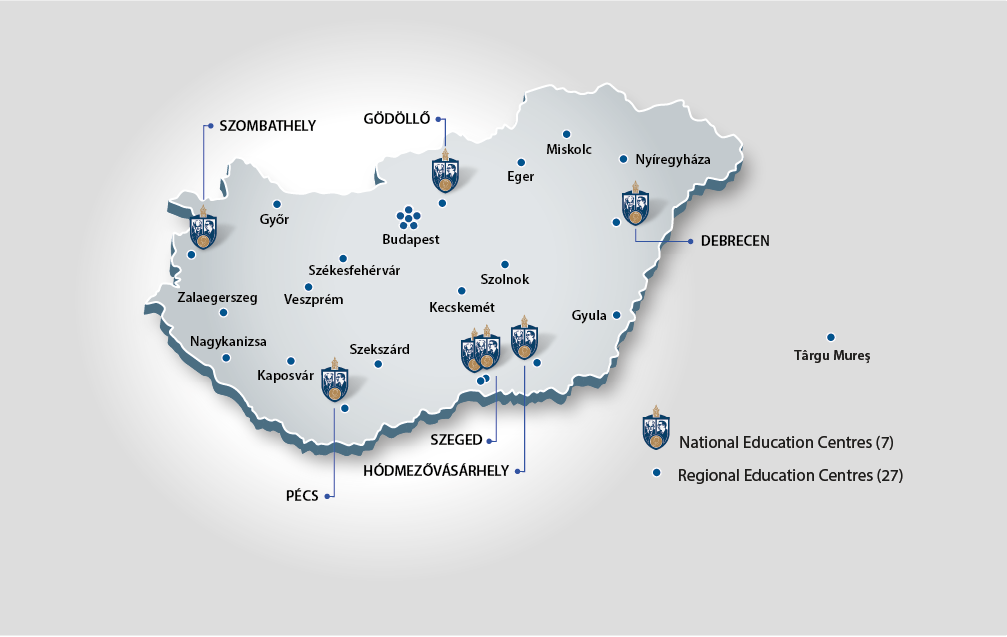
The 7 National and the 27 Regional Education Centres
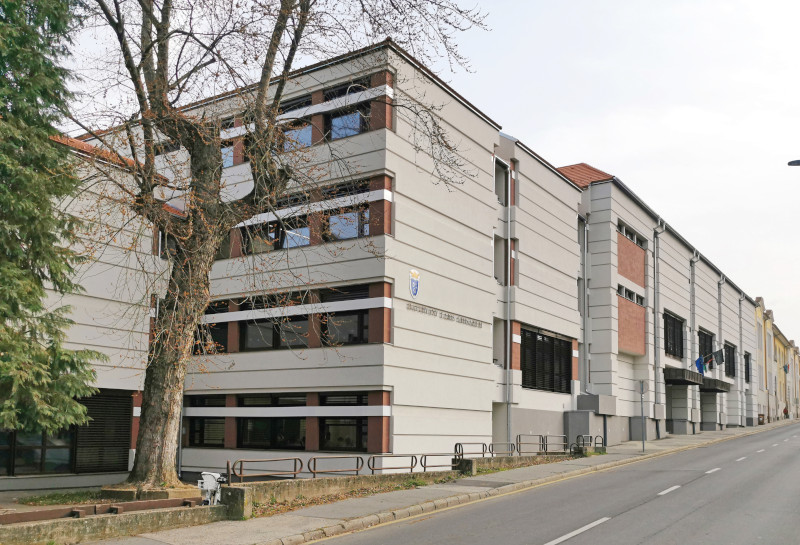
Batthyány Lajos High School in Nagykanizsa
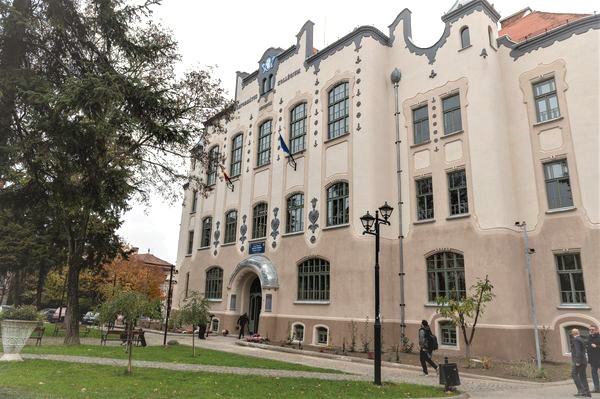
Bolyai Farkas High School, Targu Mures
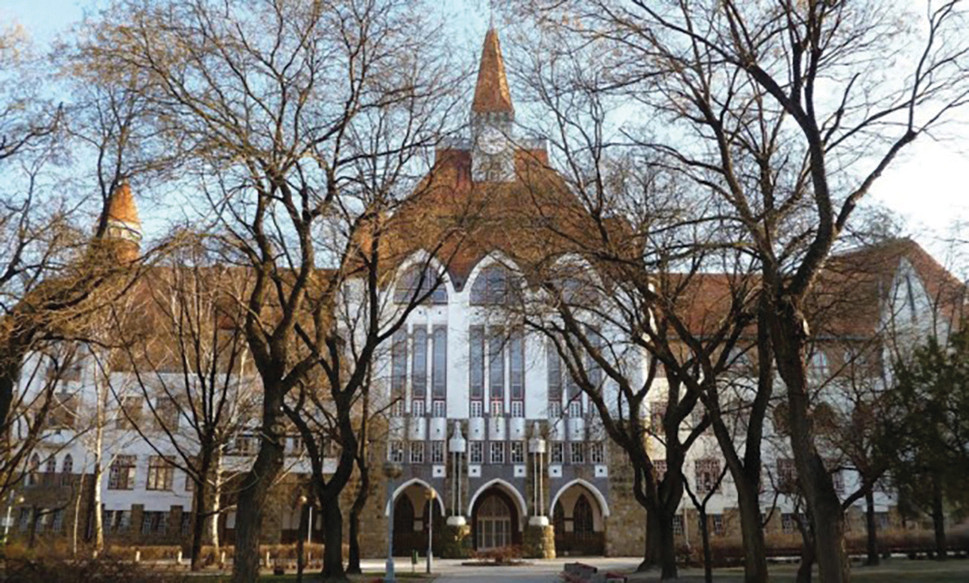
Calvinist Grammar School of Kecskemét
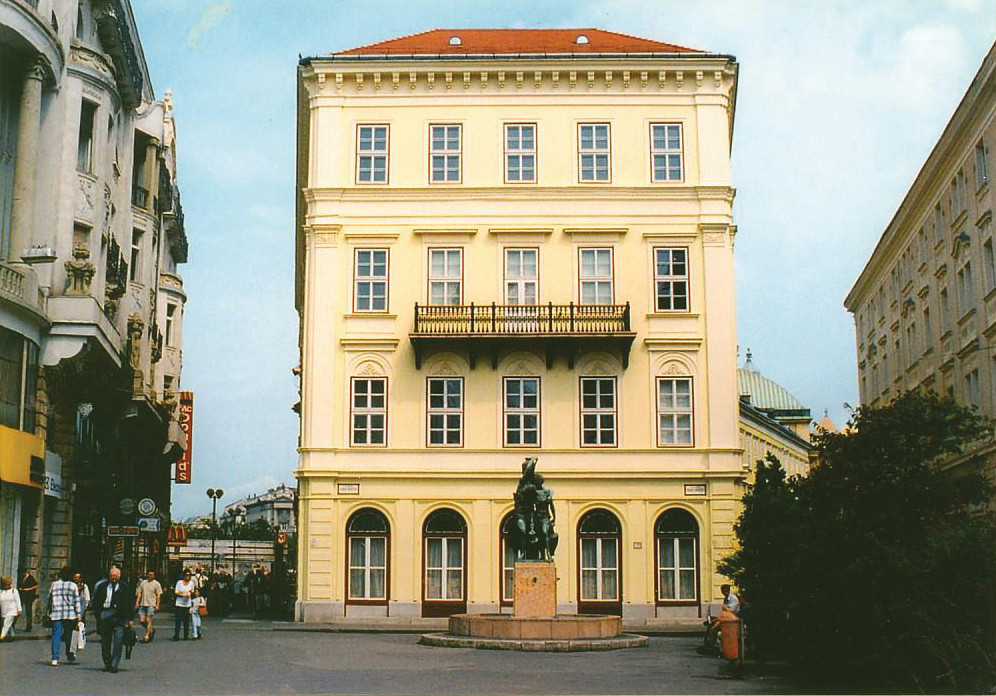
Deák Téri Lutheran High School, Budapest
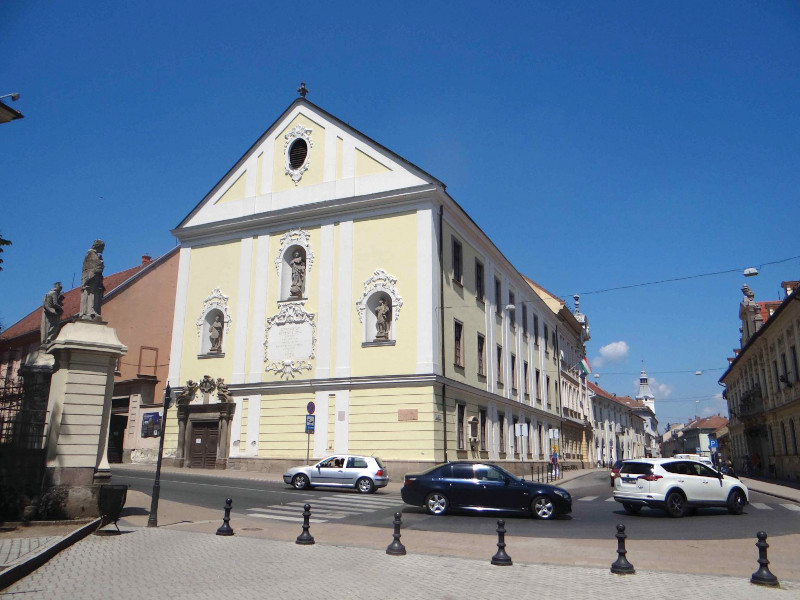
Dobó István High School in Eger
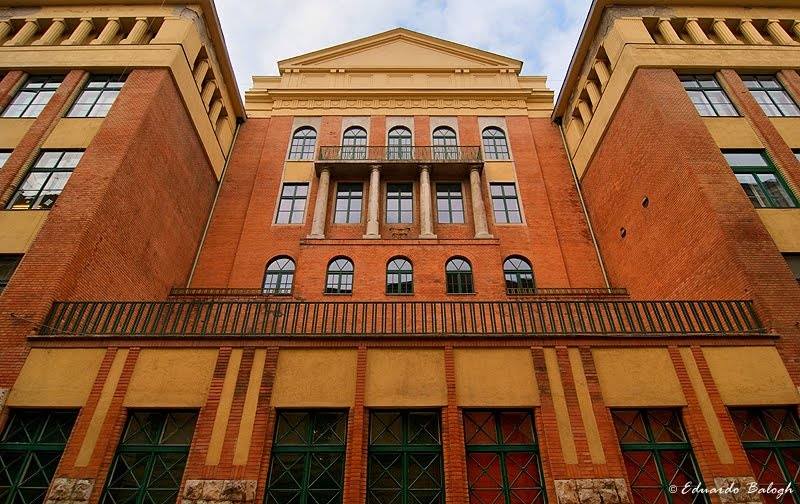
ELTE Apáczai Csere János Training High School and College
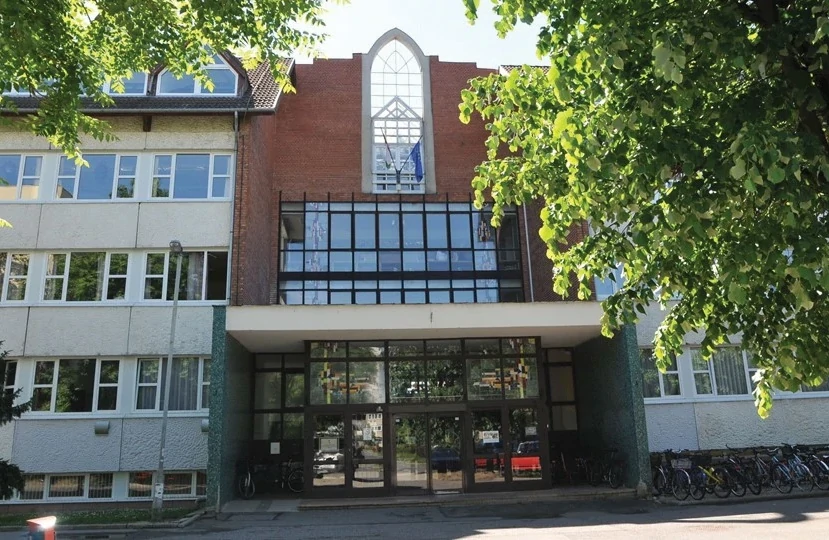
ELTE Bolyai János Practice Primary and Secondary Grammar School in Szombathely
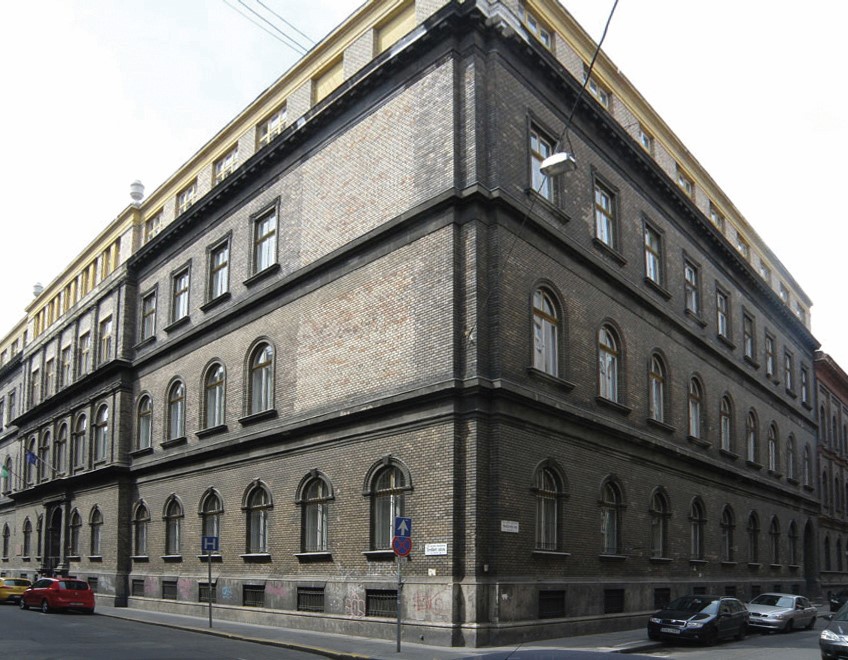
ELTE Trefort Ágoston Secondary Grammar School, Budapest
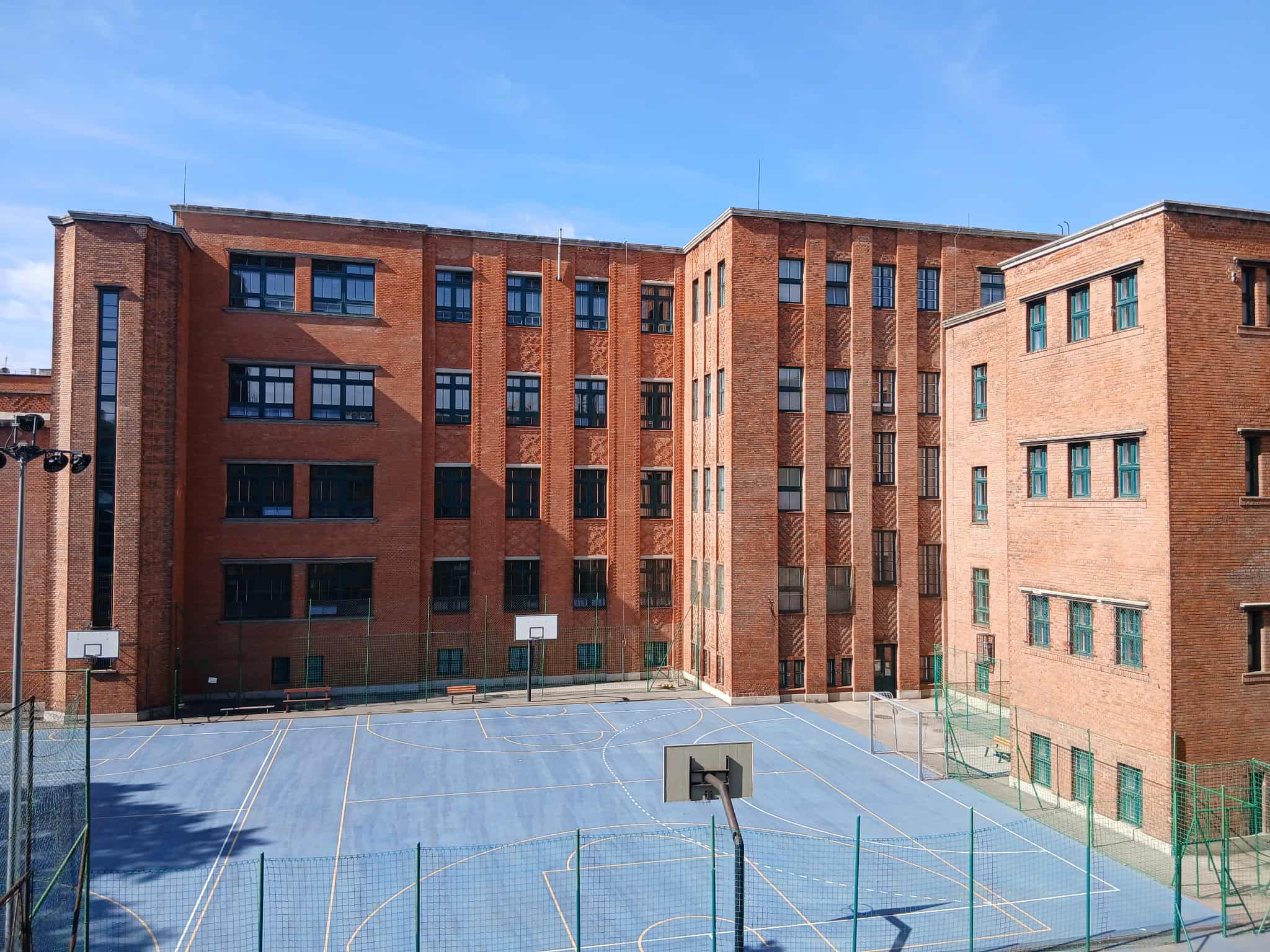
ELTE's Radnóti Miklós Affiliated Secondary School
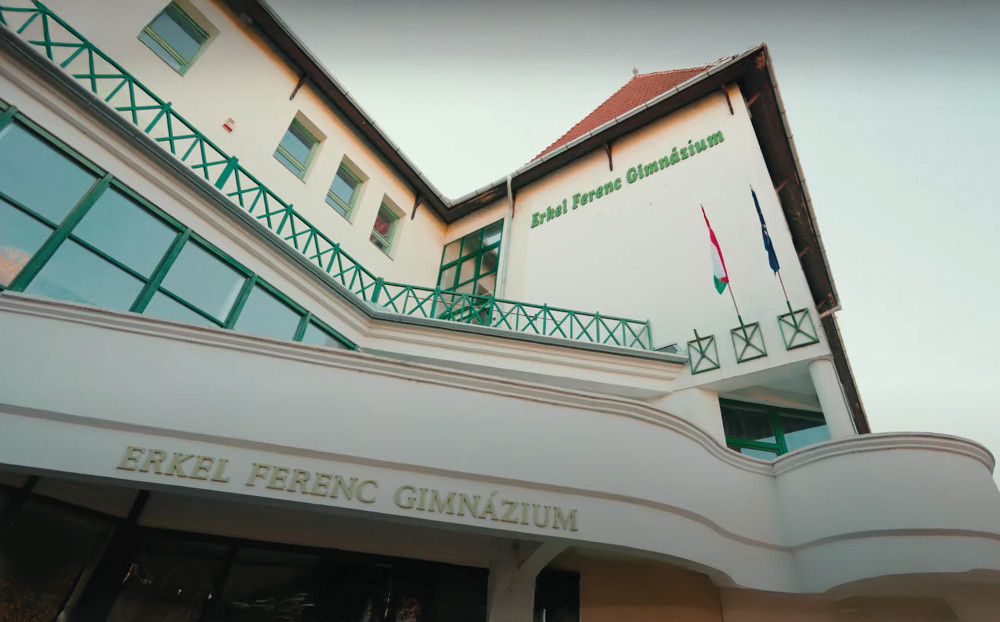
Erkel Ferenc Secondary School and College, Gyula
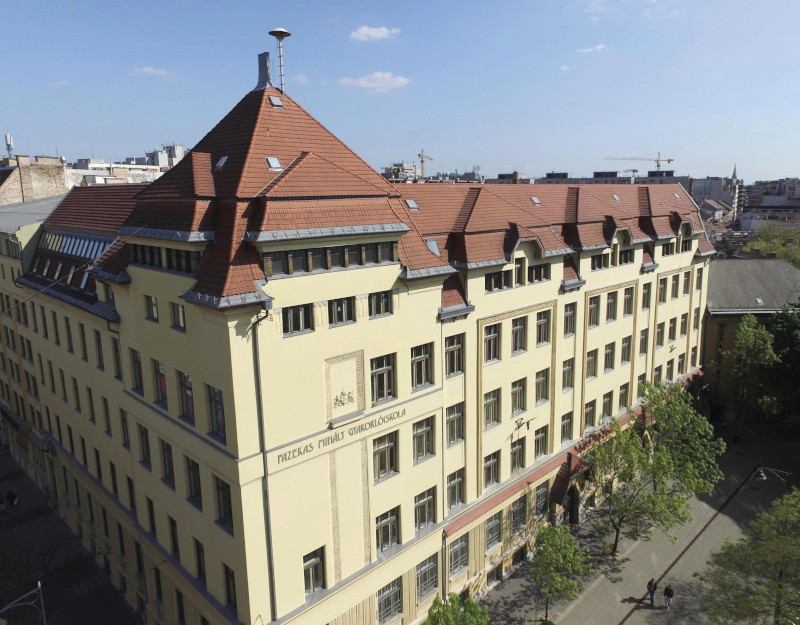
Fazekas Mihály Primary and Secondary Grammar School, Budapest
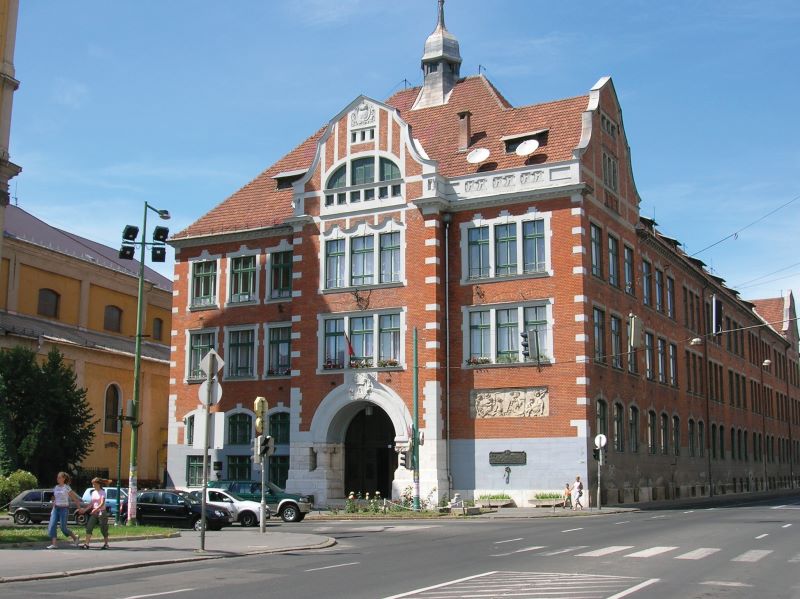
Földes Ferenc High School, Miskolc
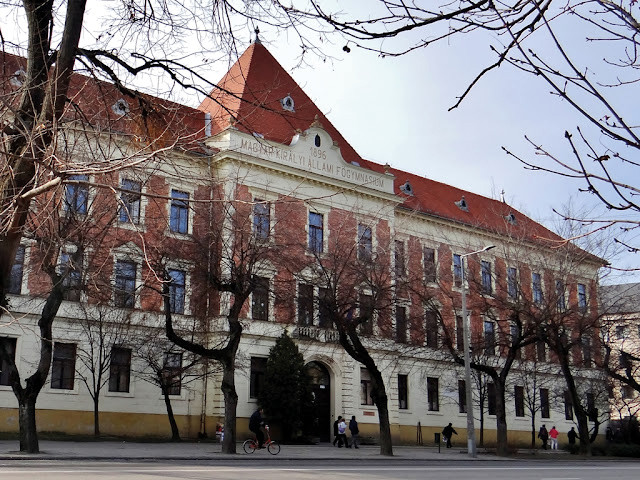
Garay János Secondary School, Szekszárd
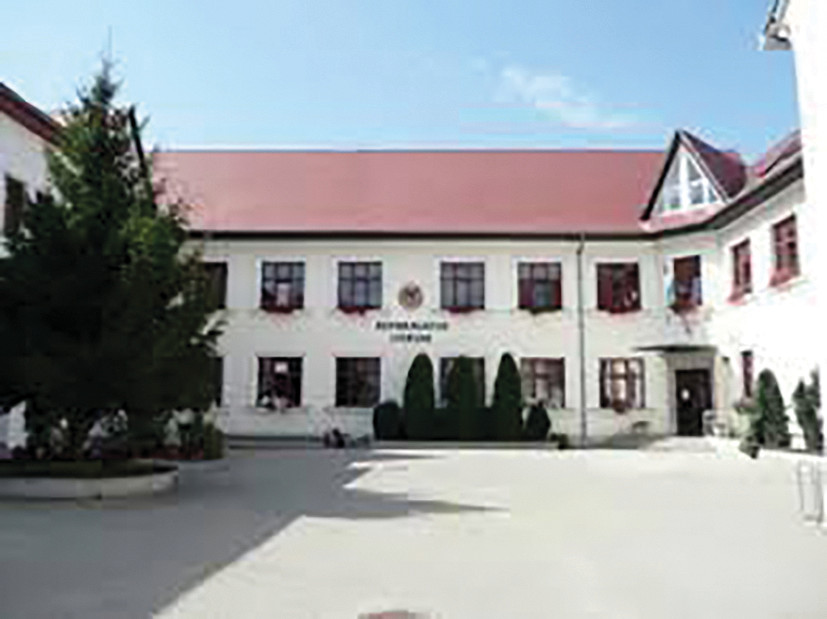
Gödöllő Reformed Secondary School
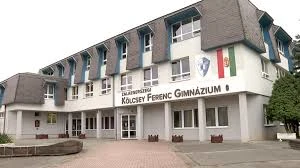
Kölcsey Ferenc High School in Zalaegerszeg
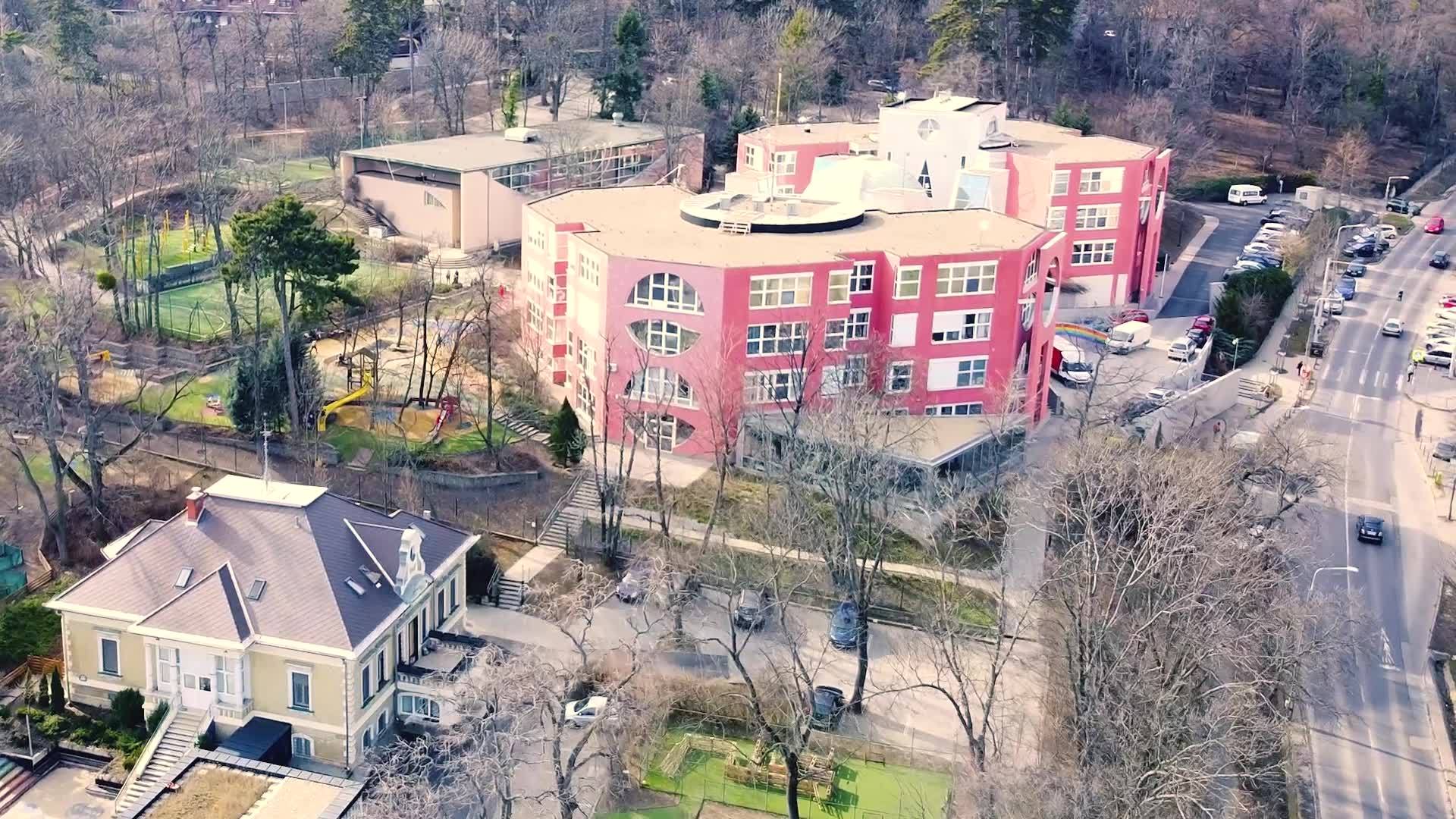
Lauder Javne Jewish Community Kindergarten, Elementary School, High School, and Music Primary Art School
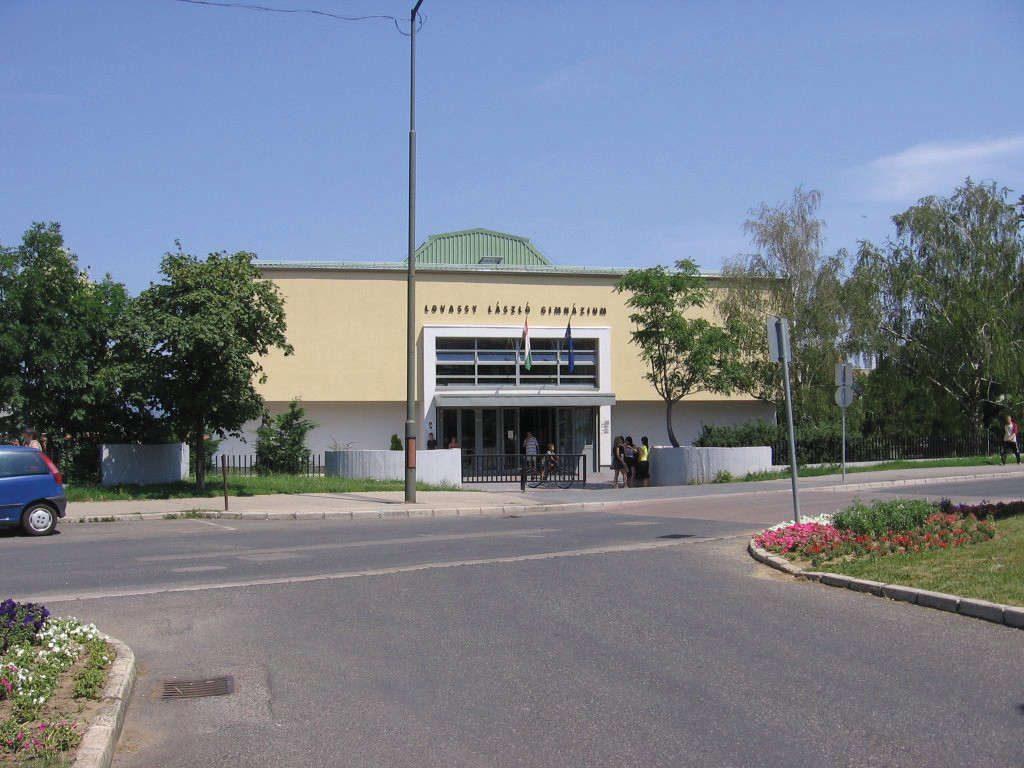
Lovassy László Grammar School, Veszprém
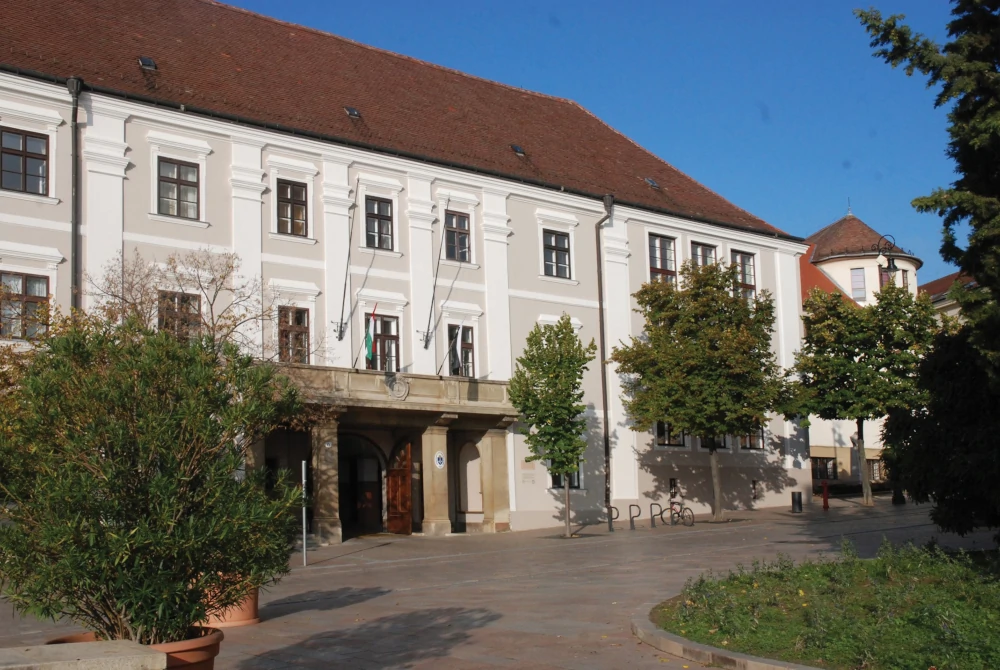
Nagy Lajos Grammar School of The Cistercian Ordner in Pécs, Pécs
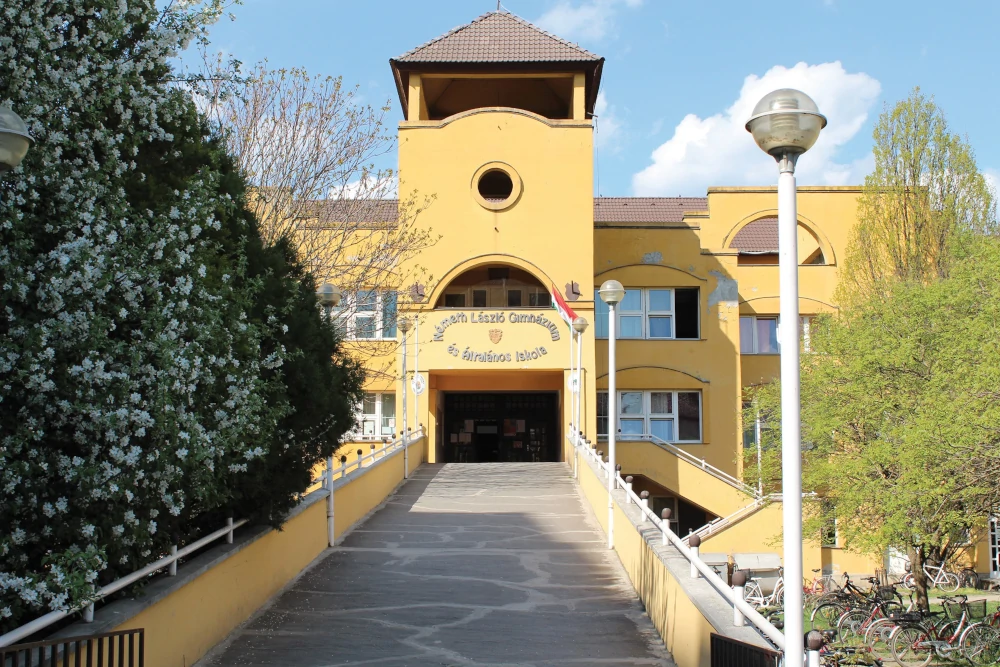
Németh László Secondary and Primary School in Hódmezővásárhely
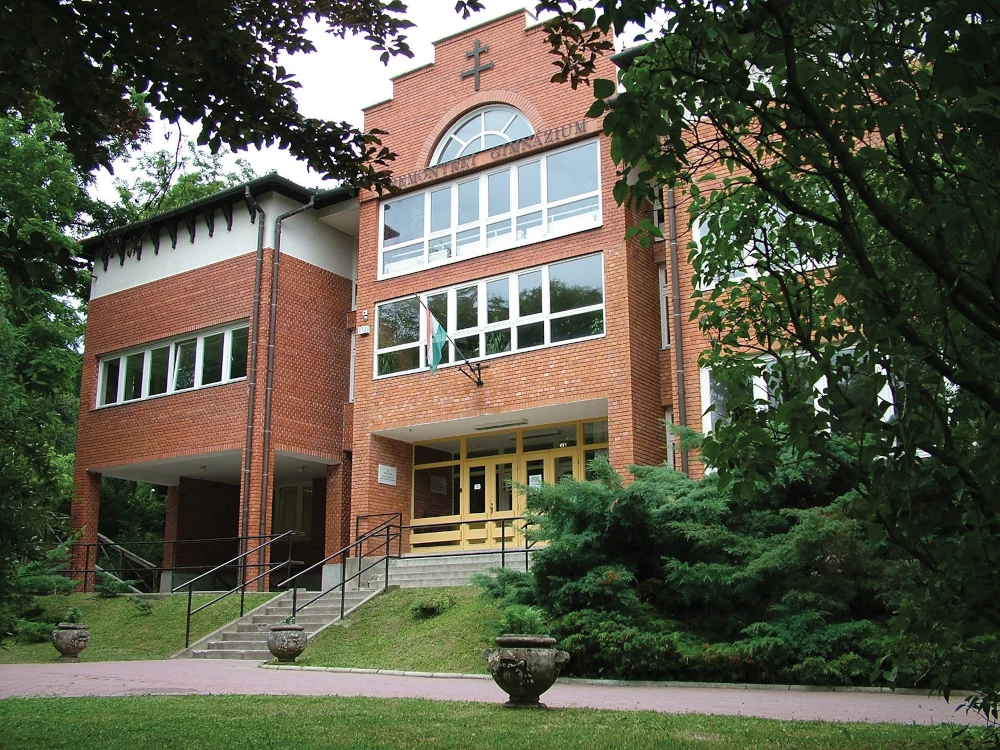
Premonstratensian St. Norbert Secondary School in Gödöllő
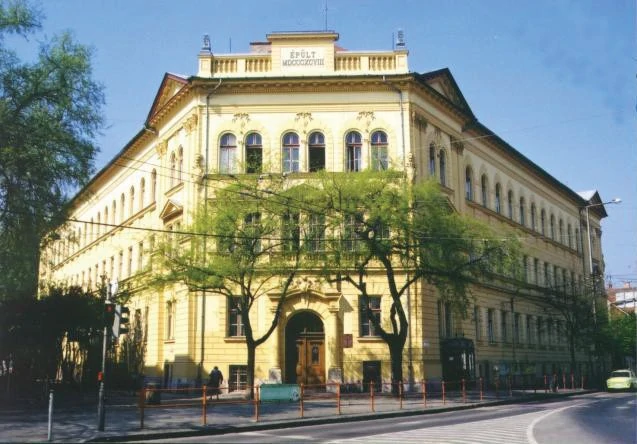
Radnóti Miklós Experimental Grammar School in Szeged
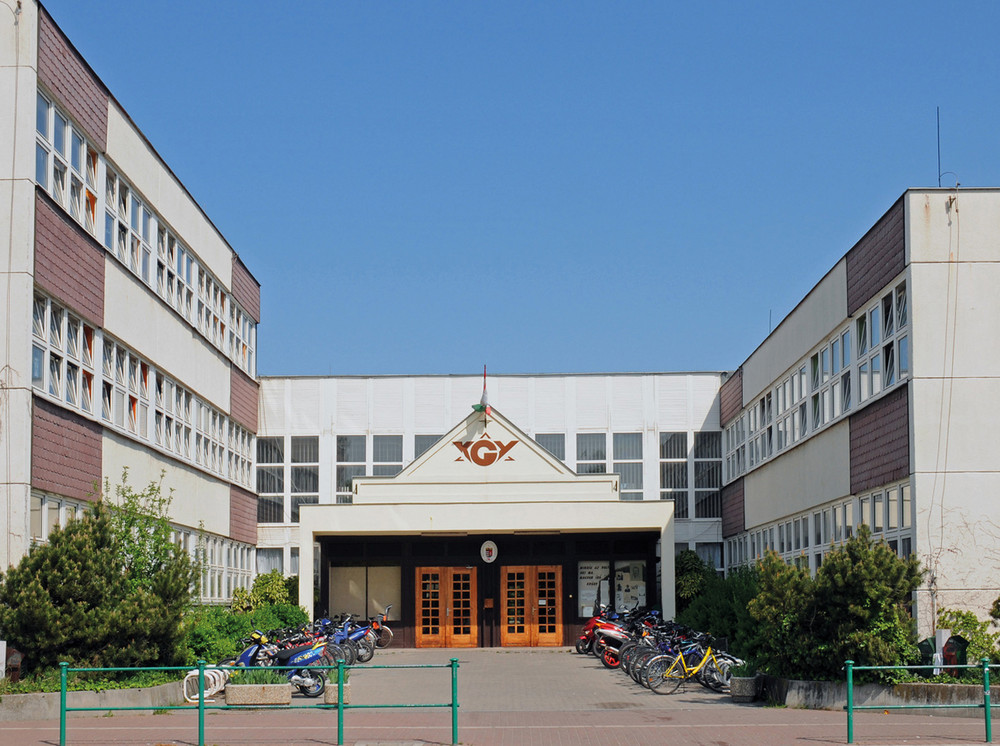
SZC Baksa Kálmán Bilingual School, Győr
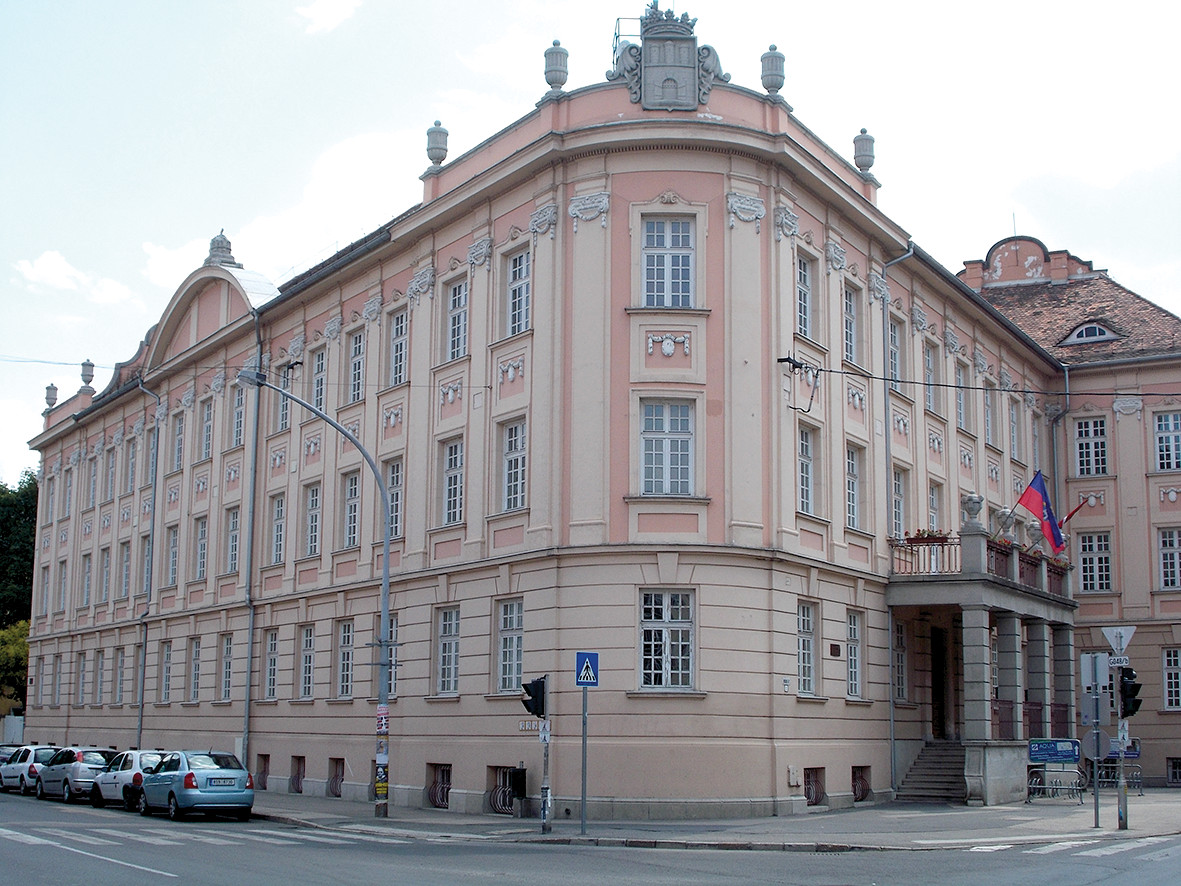
Székesfehérvár Teleki Blanka High School and Primary School
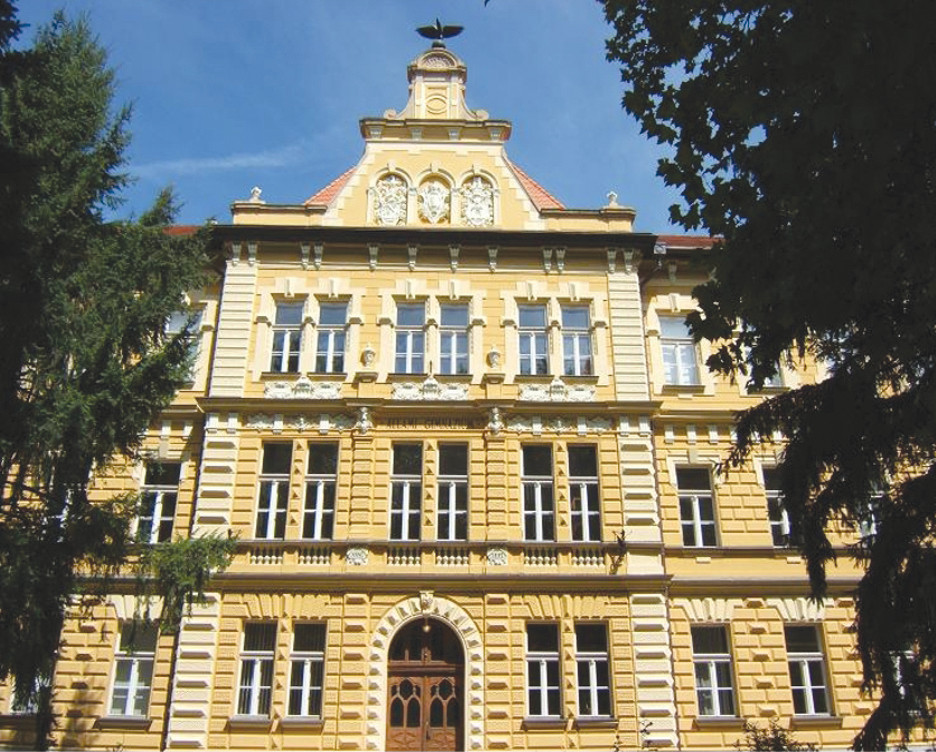
Táncsics Mihály Secondary Grammar School of Kaposvár
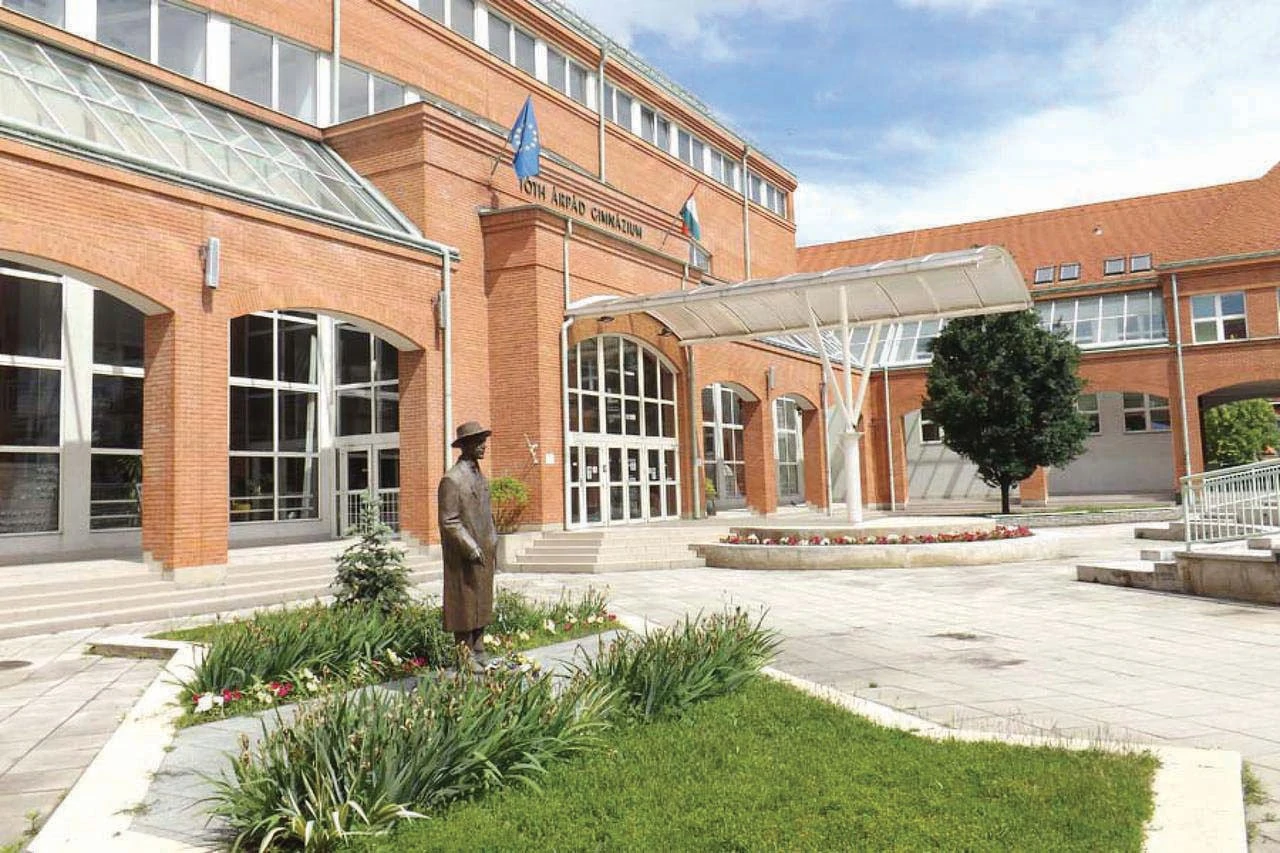
Tóth Árpád Secondary School in Debrecen
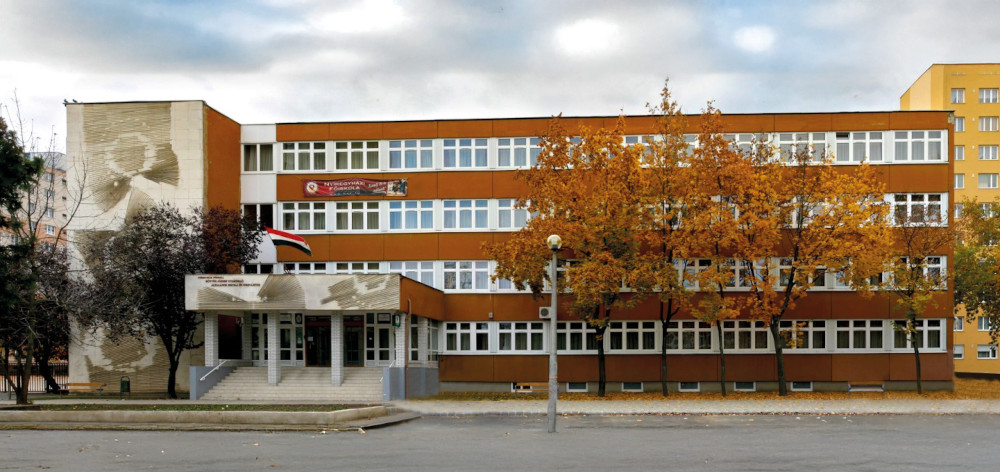
University of Nyíregyháza Eötvös József Practice Primary School and High School
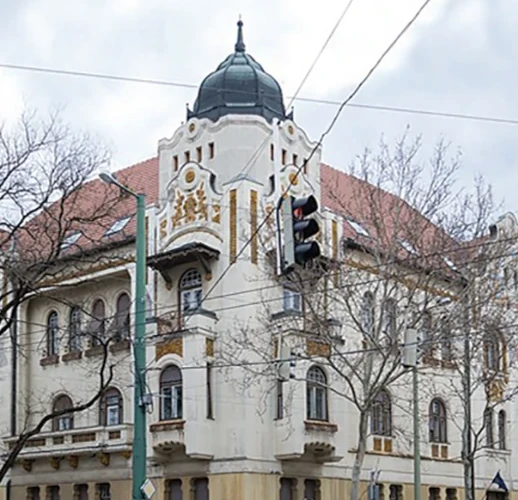
University of Szeged Báthory István Teacher Training Secondary and Primary School
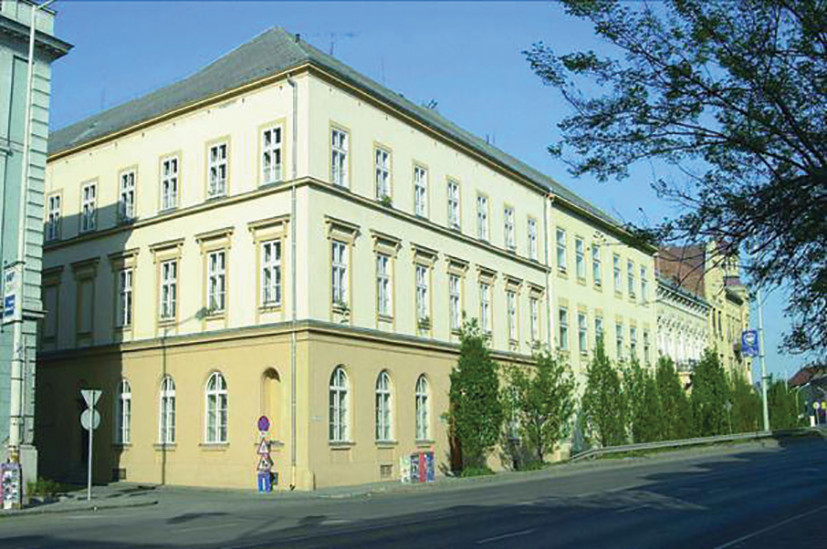
Varga Katalin Secondary School, Szolnok
Partner schools
The priority of the Foundation is to support the talent development process in its natural environment, in secondary schools. To this end, it is essential to establish a partnership with the teachers of talented pupils, which includes recognition of their achievements and respect for the significant amount of extra work devoted to their talent management. An important part of the partnership is the fact that, along with the pupils, their teachers are also invited to every event, because the shared learning experience enables the creation of a mutually motivating situation. Being awarded the title of Szent-Györgyi Teacher in and of itself is serious incentive for secondary school teachers, as is participation in Nobel Laureate conferences, as well as access to the teaching materials and methodological guidance of the SSEP, the express purpose of which are to support the methodological development of biology education in Hungary within its own framework.
Through regular secondary school activities, pupils can get to know the outstanding scientific results of the higher education institutions participating in the national program (Budapest, Debrecen, Pécs, Szeged), all in the hopes that interested pupils will eventually choose one of these institutions as a destination for their further education and thus their development will be continuous.
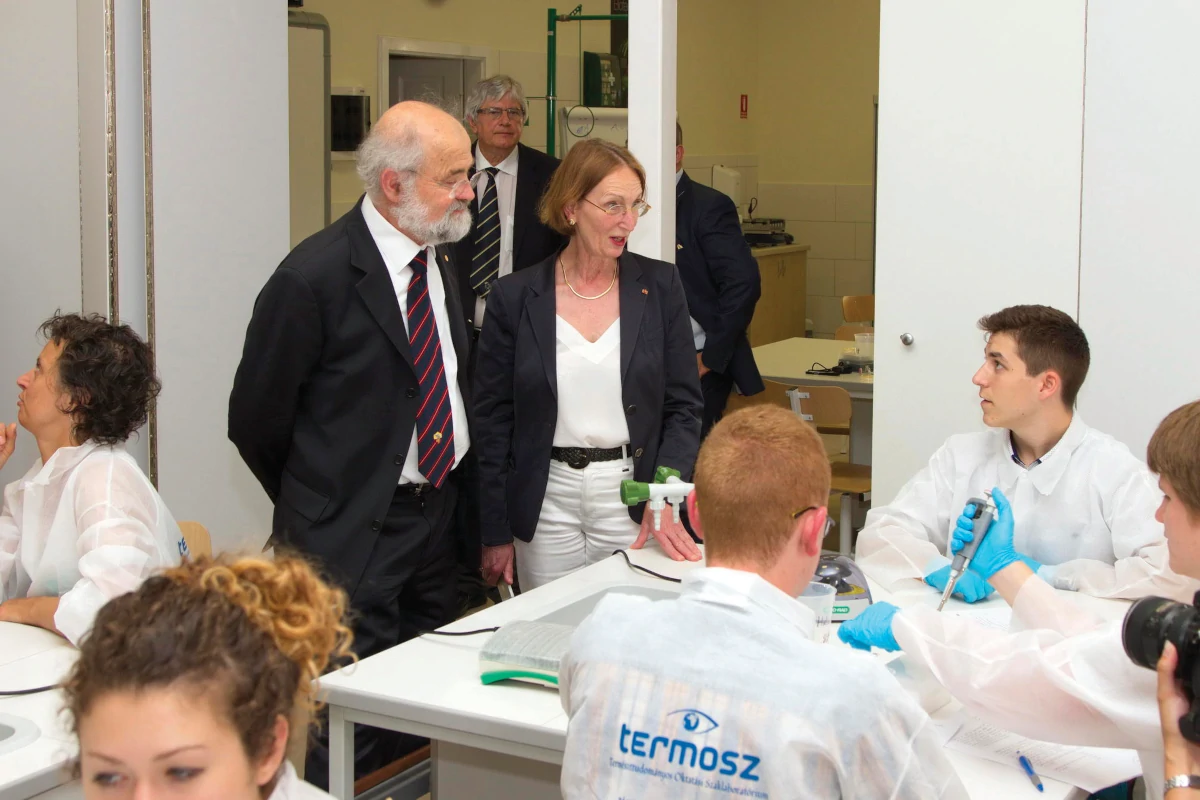
Erwin Neher (who, along with Bert Sakmann, won the Nobel Prize in Medicine in 1991) and Eva-Maria Neher at TERMOSZ Laboratory (Radnóti Miklós Experimental Grammar School, Szeged)